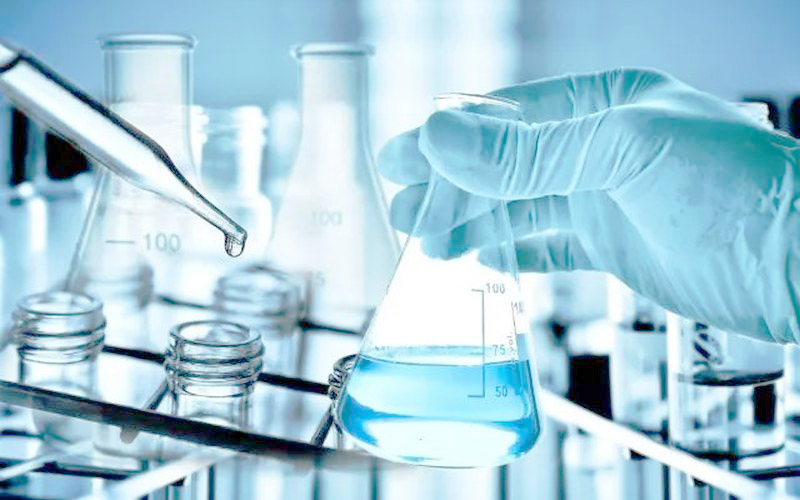Do You Know All 17 Of The Most Toxic Reagents In The Lab(one)
1. DMSO
DMSO is a dimethyl sulfoxide, which is widely used. Used as a solvent for acetylene, aromatics, sulfur dioxide and other gases and as a spinning solvent for acrylic fibers. It is an important aprotic polar solvent soluble in both water and organic solvents. It is highly permeable to the skin and helps the drug penetrate into the human body. It can also be used as an additive to pesticides. It's also a very important chemical.
DMSO is also an osmotic protector, which can reduce the freezing point of cells, reduce the formation of ice crystals, reduce free radical damage to cells, and change the permeability of biofilms to electrolytes, drugs, poisons and metabolites.
However, studies have shown that DMSO has serious toxic effects, interacting with protein hydrophobic groups, leading to protein denaturation, vascular toxicity and hepatorenal toxicity.
DMSO is a highly toxic substance, so it should be avoided from volatilization when used. 1%-5% ammonia water should be prepared for reserve, and the skin should be washed with a lot of water and dilute ammonia water after being stained. The most common are nausea, vomiting, skin rashes, and garlic, onion, and oyster smells on the skin and exhaled gas.
Inhalation: High volatile concentrations may cause headache, dizziness and sedation.
Skin: Can burn and tingle the skin, as seen in rashes and blisters. Dimethyl sulfoxide produces a thermal reaction if it comes into contact with hydrated skin. Avoid contact with dimethyl sulfoxide solution containing toxic raw materials or substances, because its toxicity is not known, but dimethyl sulfoxide may penetrate the skin, under certain conditions will replace toxic substances into the skin.
Absorption: Absorption risk is very low.


